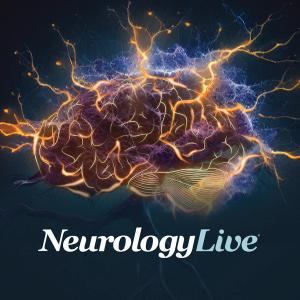|Videos|March 23, 2020
Management of Neurofibromatosis Type 1 with Plexiform Neurofibromas (NF1 with PNs)
Advertisement
Newsletter
Keep your finger on the pulse of neurology—subscribe to NeurologyLive for expert interviews, new data, and breakthrough treatment updates.
Advertisement
Related Articles
Latest CME
Advertisement
Advertisement
Trending on NeurologyLive - Clinical Neurology News and Neurology Expert Insights
1
Daridorexant Provides Relief for Insomnia in Women During Menopausal Transition
2
International Committee Publishes 2024 Revisions to McDonald Diagnostic Criteria for Multiple Sclerosis
3
RELIEV-CM Pilot Study Data Further Supports ShiraTronics’ Neuromodulation Device to Treat Chronic Migraine
4
New Study Finds Link Between Gut Hormone GLP-1 and NMOSD Symptoms, Paving Way for Targeted Treatments
5














































